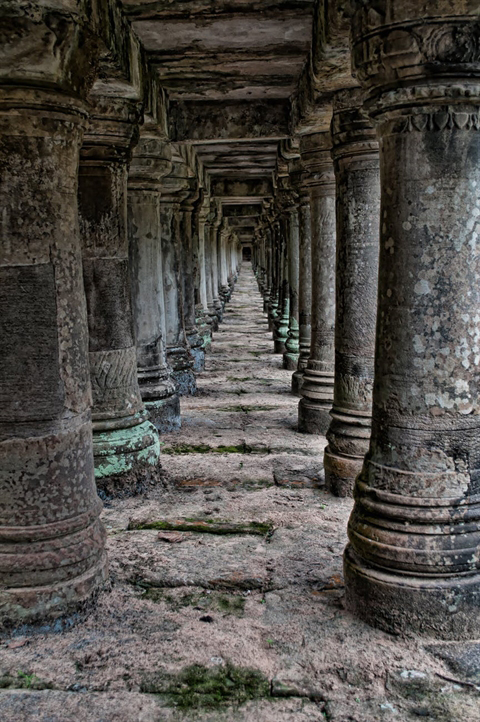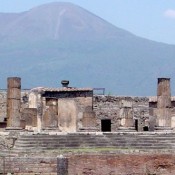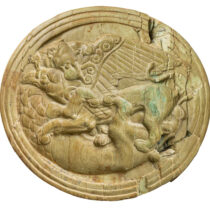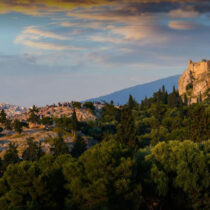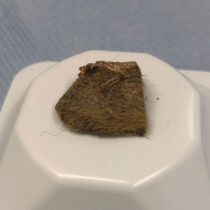The following summer school will take place at Radboud University in Nijmegen (the Netherlands), this coming Summer (July 6-10, 2020): “Travel, tombs and Troy: wandering around the Roman and Byzantine world.”
Rocky roads, unpredictable rivers and rugged mountain ranges. Travelers in the Roman and Byzantine Empire experienced lots of challenges in reaching their destinations. However, that did not stop many from visiting the most beautiful, exotic and mysterious places around the Mediterranean. Especially, places that had a rich history and reminded travelers of the heroes of the past were beloved destinations where people would reminisce about the glory days and courageous deeds of the great men and women of the past.
This summer school follows Roman and Byzantine travelers on their pilgrimages to one of the most famous places in antiquity and beyond: Troy. The widespread popularity of Homer’s Iliad and Odysseia had in antiquity already led to streams of travelers, even of powerful rulers such Xerxes, Alexander the Great or Julius Caesar, to the tombs of Trojan heroes, which remained celebrated local landmarks well into the medieval period.
This course focuses in particular on travelers in the Late antique and Byzantine period (ca. AD 300-1500). On the one hand, we will go on a journey full of practical and physical difficulties that people faced in reaching Troy. How did people travel? How familiar were they with different types of landscapes and did they use maps? What did travelers know about their destinations and did they have any ideas about distance? On the other hand, we will dive into the minds of our travelers in an attempt to understand many puzzling intellectual and visual constructions of Troy in the ancient and medieval imagination. Why were people so fascinated by Troy, the Trojan war and its heroes? This is very much a story about the creative (mis)use of the past by leaders, story tellers and artists for the purpose of their own (sometimes hidden) agendas.
The source material for this course is broad ranging: we will read travel accounts and other written texts, explore ancient and medieval maps, and look many monuments and images. Together these different types of sources offer incredible opportunities to piece together a sensational story that has yet to be discovered by the (scholarly) world. We invite our participants to join us on this exciting journey which will lead to new discoveries and heated discussions.
Course Leader
Dr. Daniëlle Slootjes, Associate Professor of Ancient and Medieval History,
History, Art History and Classics, Radboud University
Prof. Dr. Elena Boeck
DePaul University, USA
Learning Outcomes
After this course you are able to:
- Critically review literature and scholarly debates on the theme of the course, Travel, Tombs and Troy
- Critically assess a broad variety of primary sources, written and material
- Present and discuss your own short research project, both orally and in writing
Level of participant
-Advanced Bachelor
-Master
The course is designed for
Advanced BA and MA students who are interested in joining a scholarly exploration of travel to Troy, with a particular focus on the Ancient, Byzantine and Medieval worlds. The course will not only work with literary and written sources, but also with art and archaeological sources. As this is an introductory course, no specific knowledge about this era is required.
Admission Requirements
None
Admission Documents
-Short motivation letter
-CV
Dates
6–10 July 2020
Fee
€ 550
Included in the course fee is:
-course materials
-lunch
-coffee/tea
-a number of social activities
-access to library and IT facilities
Reduced Fee
€ 495 early bird discount
€ 468 for students from partner universities and Radboud University
€ 413 early bird + students from partner universities and Radboud University
Early bird deadline 1 March 2020
More Course Information
More information regarding the detailed day-to-day programme, recommended reading, study load and assessment can be found in thecourse programme (pdf, 522 kB).
